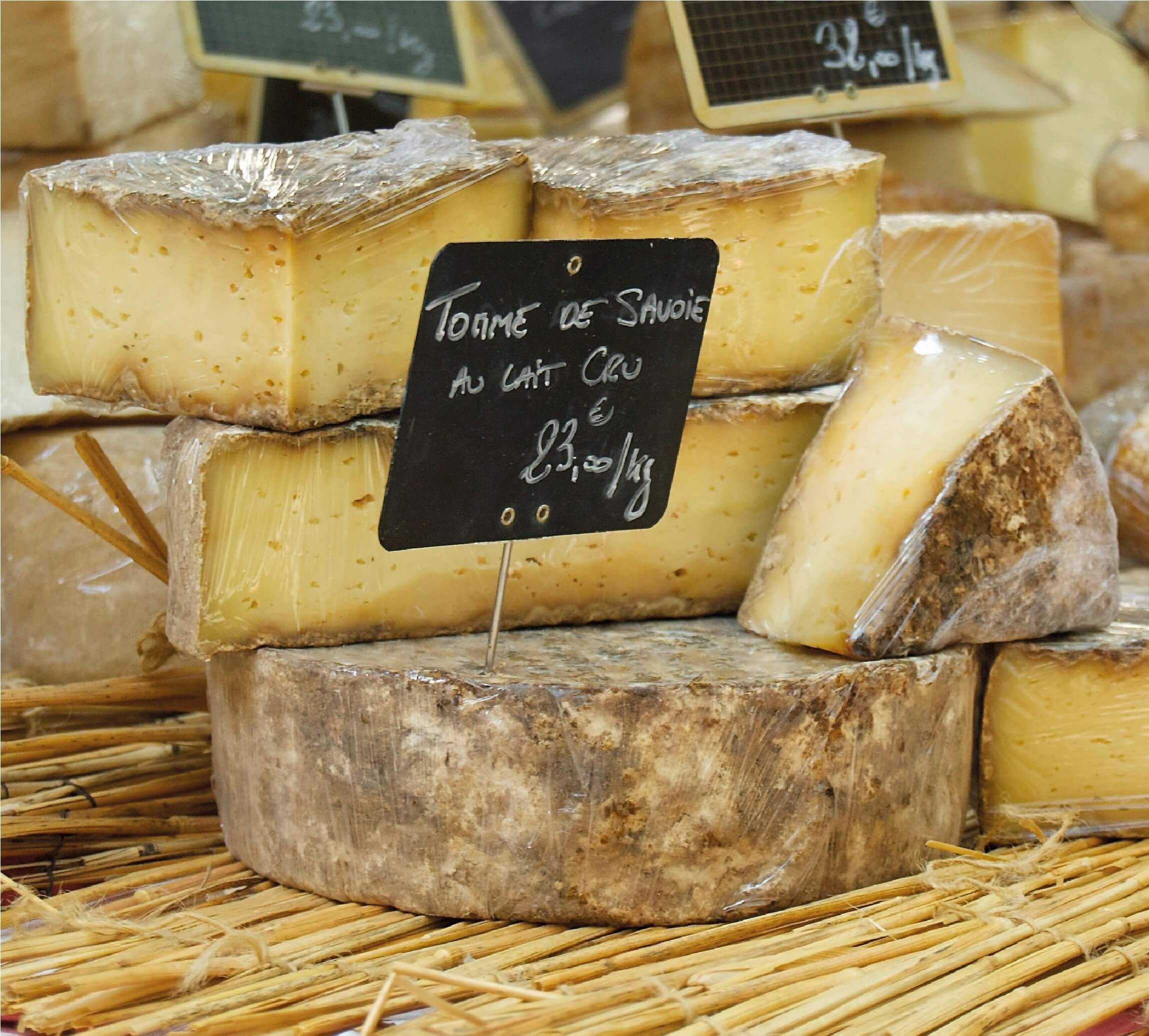
The economic situation in the butcher trade was also significantly impacted in 2021 by the effects of the Coronavirus pandemic. The trend was a dual one, divided between businesses with high counter sales and businesses with high sales revenues in the catering sector.
Despite loosening of the contact restrictions, the catering sector, to which party service also belongs, remained far behind its pre-crisis trend. Counter sales, by contrast, led even in the second Covid year to above-average revenues.
It benefited once again from the trend towards home catering, a result of home-office working and the continued closure of facilities for communal catering in businesses and public institutions. The previous year’s top figures at the time of the strict lockdown, however, could not be fully attained again.
A considerable deficit continues to exist in catering for celebrations or private parties. Though no final data are available, an initial survey suggests a decline in sales revenues in the region of just under 3 percent.
True to the long-term trend, the number of businesses continued to be slightly down. At the end of 2021 the butcher trade was represented in the market by 18,747 outlets. This figure is composed of 10,870 independent master-butchers’ businesses and 7,877 further outlets, almost without exception branches. To this must be added around 5,000 mobile sales points at weekly markets or on the road. The trend towards fewer but higher-performing and more sales-intensive businesses in the butcher trade continued in the preceding year in a weaker form.
As regards employment, the Federal German Statistical Office registered a rise over the first three quarters of 2021 in the region of a comfortable 3 percent. This slight rise must be seen as a counterweight to the significant decline in 2020. At the last call, the employment rate of just under 134,000 workers was more or less that of 2019. Nevertheless assurance of sufficient potential workers remained the main problem for the butcher trade in 2021.
The main feature to be seen in the purchasing market was the decline in prices for slaughter pigs. The sales market for agricultural producers, despite the significant fall in domestic production, came under pressure from the lack of export opportunities to the Far East due to restrictions resulting from African swine flu and lack of slaughtering facilities in the meat industry.
Beef prices, on the other hand, moved upwards in a situation of tighter supply. The price benefit from the provision of raw materials in the pork sector was eroded by higher staff costs and a significant rise in prices for energy, packaging materials and ancillary materials, such as sausage casings or seasonings.
In 2021, until shortly before year’s end, there was lower overall demand among private households for meat and meat products. From January to October demand from private households in Germany was down by 3.5 percent, to 55.1 kilograms per head and year.
The good sales figures gained during the crisis, in conjunction with lack of staff and rising demands for sustainability, are leading to an increased willingness to invest on the part of businesses in the butcher trade.
According to a survey among members of the Association, just over 50 percent of businesses in the butcher trade are planning above-average capital investment in 2022. In particular, such investment will be in production, sales and energy efficiency.
Overall, such investment will go less to expand businesses, but rather to ensure the future viability of existing capacities. Any business expansion essentially runs up against the significant shortage of staff.
The capital investment so planned reflects some of the challenges to which the butcher trade is currently exposed. Along with lack of staff, which must be counterbalanced by automation and digitalization, butchers anticipate further bureaucratic requirements, whose fulfilment will make innovations in the business absolutely necessary.
We may note here the requirements for documentation and certification, e.g. for purposes of registering origin of animals and animal welfare. Basically, however, questions of sustainability, regionality and animal protection or animal welfare will provide the butcher trade with great opportunities.
The butcher trade is superior to its competitors in these areas, due to its flexibility and its close connection with farming, plus its better socio-economic integration in regional structures. Sustainability, regionality and animal welfare are increasingly demanded, both by the consumers and on the political side.
Short supply chains, reduced sales packaging and purchase from regional farms serve to promote ecological sustainability. Economic and social sustainability arises from the safeguard of regional structures brought by businesses in the butcher trade, irrespective of whether this involves lively urban districts or rural residential areas.
Being family businesses, they not only offer permanent jobs and training places; they also ensure a good existence for businesses upstream and downstream. They have a particularly large share in the maintenance of a small-structured farming industry.
Small business structures, short transport routes and a good professional training ensure a high degree of animal welfare and a proper treatment of animals prior to slaughter. These advantages are complemented by direct measures of animal welfare, such as purchase of straw-reared pigs or animals from open stables, and by capital investment in new slaughtering equipment or slaughtering plant.
Challenges will be presented to businesses in the butcher trade by the large costs anticipated for documentation of sustainable management. To this must be added that the consumption of meat is being called into increasing question on the political side, particularly with regard to the climate impact of animal farming.
As a consequence this is leading to a significant decline in the consumption of pork. The process of increasing concentration in the slaughtering industry, in the food trade, and consequently in farming, is having a negative impact on the butcher trade.
There are already regions in Germany in which butchers are finding difficulty in purchasing meat as a raw material regionally, and thus of supplying the consumer with regional products. The reason for this lies not just in the decline in farming businesses, but increasingly also in the decline in regional slaughterhouses.
The current rise in prices of energy and materials such as packaging and seasonings, in conjunction with a change to the wage structure consequent upon rises in the minimum wage, could – such is the Association’s fear – also have an impact on the pricing undertaken by staff-intensive butcher businesses.
The butcher trade in Germany is currently in a good condition. The search by consumers for good, artisanal products, produced by fairly treated people, plus the trend to eat less meat products, but better ones, allow the industry to make good assumptions of healthy economic growth.
These positive expectations, however, are dampened by an increasingly difficult environment for the small and medium-sized, staff-intensive businesses in the sector.





